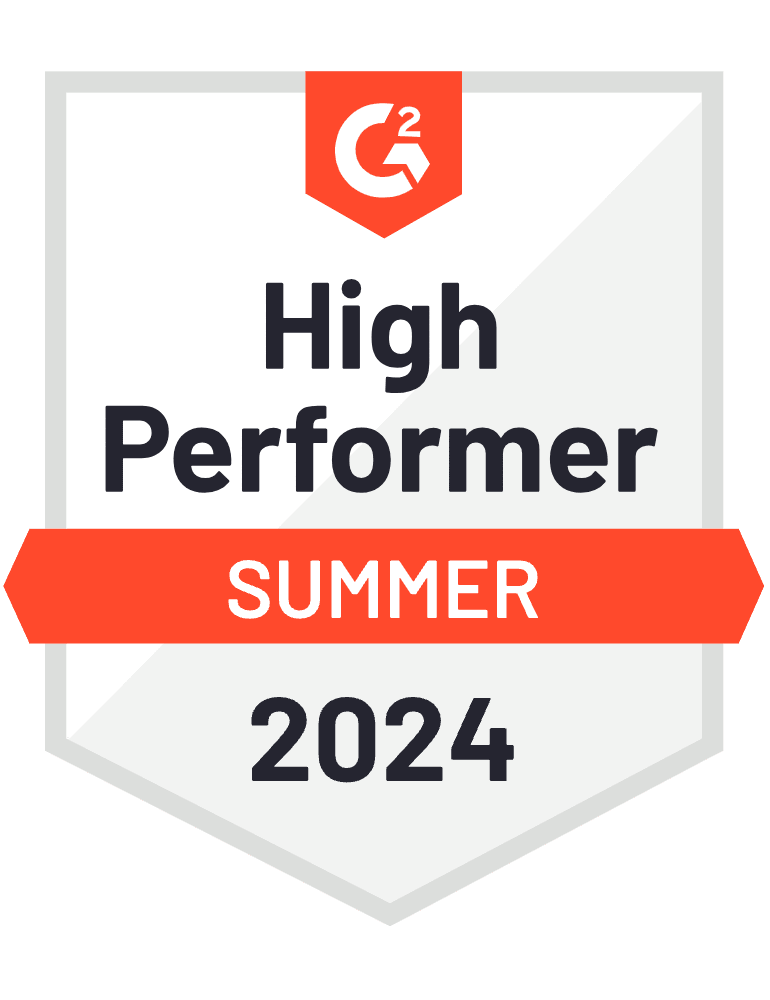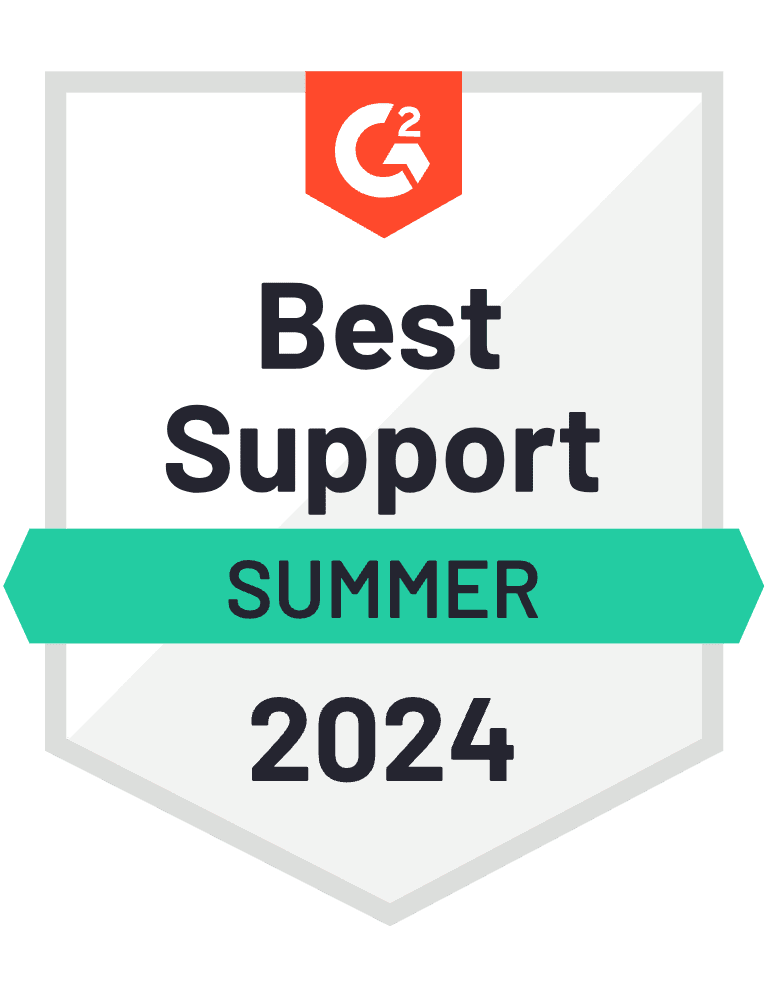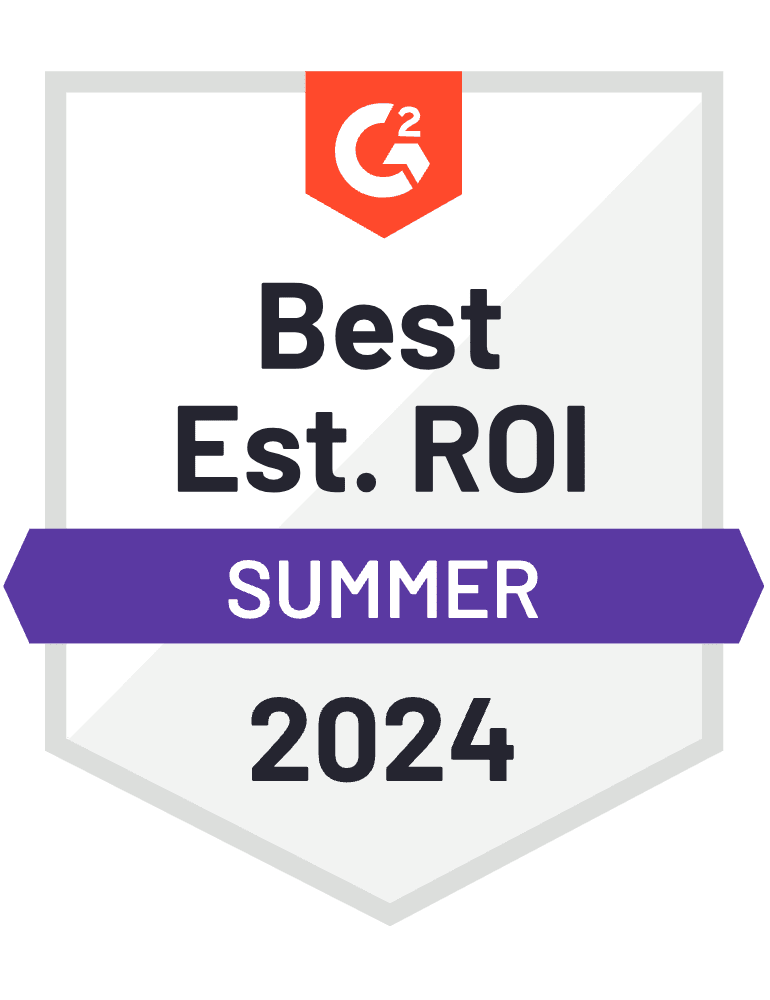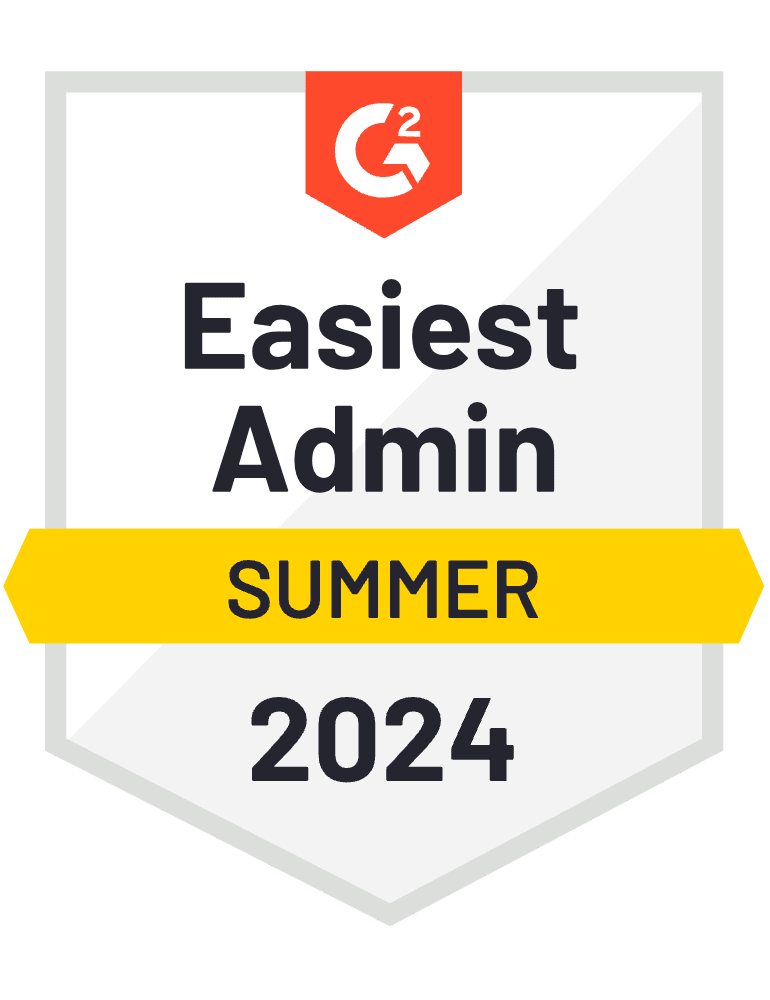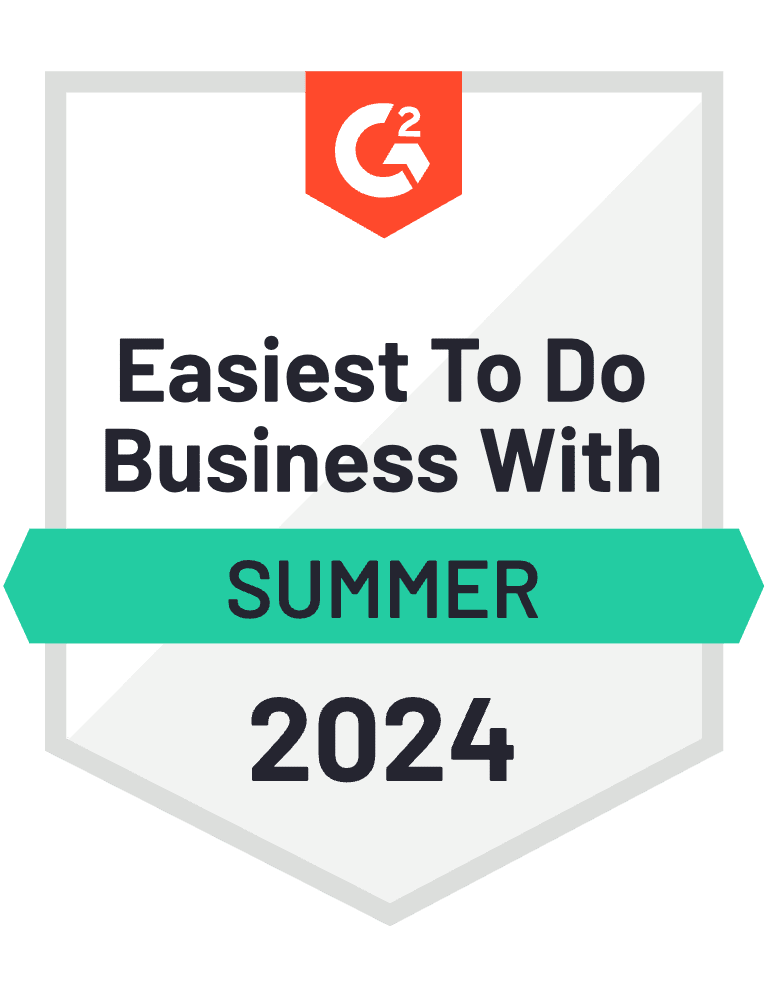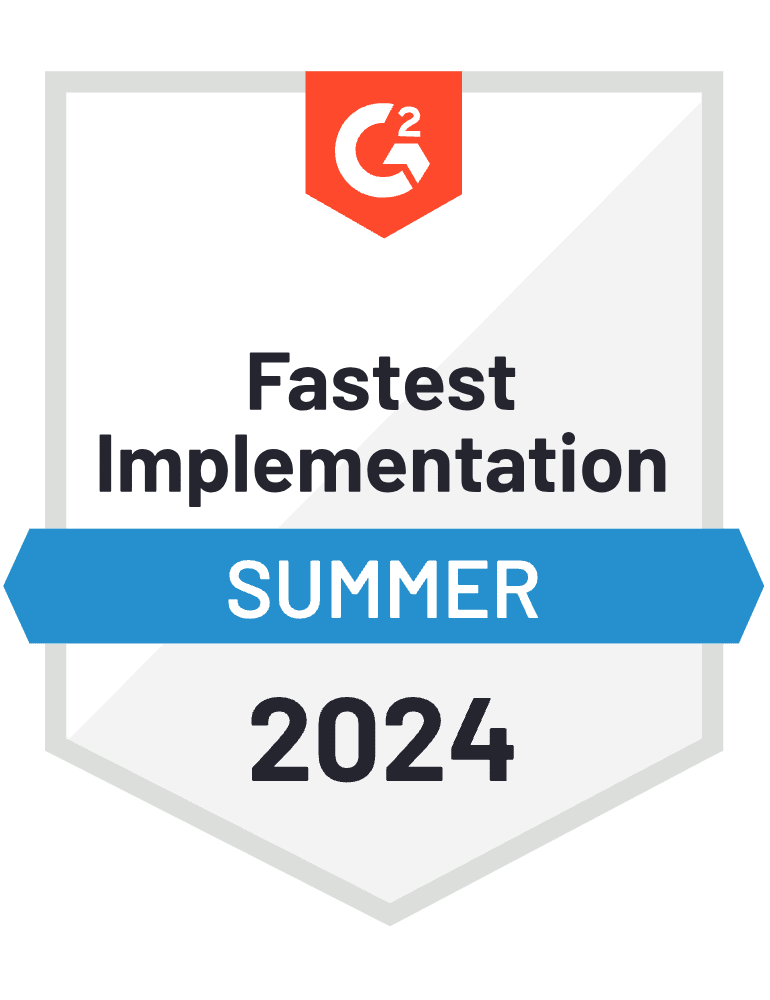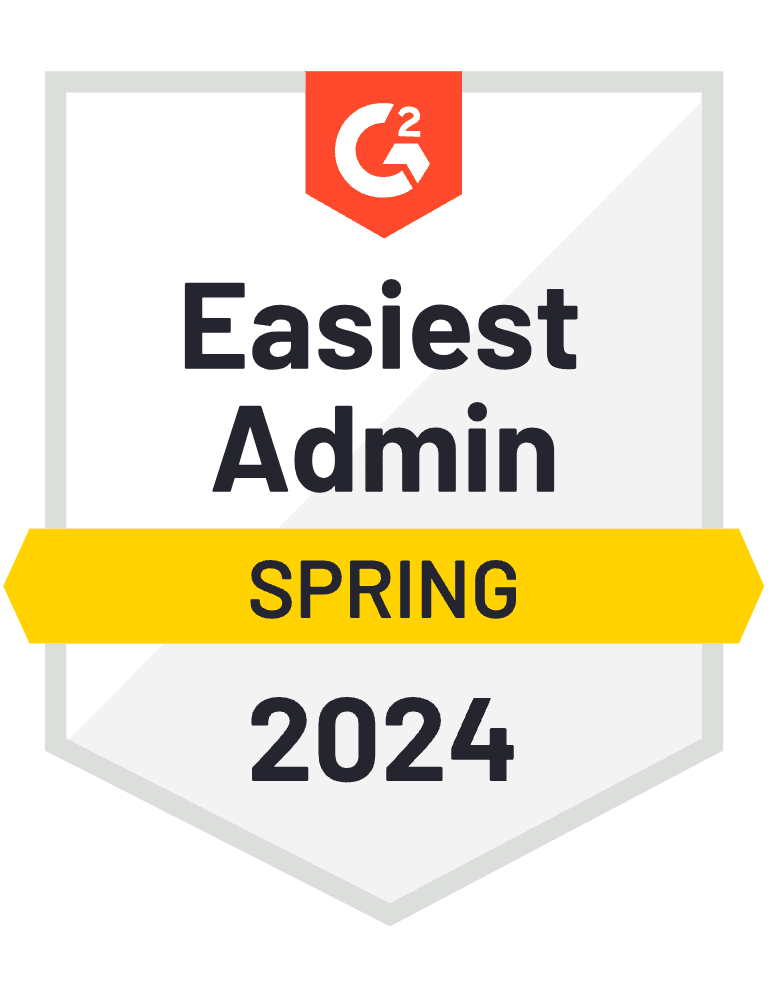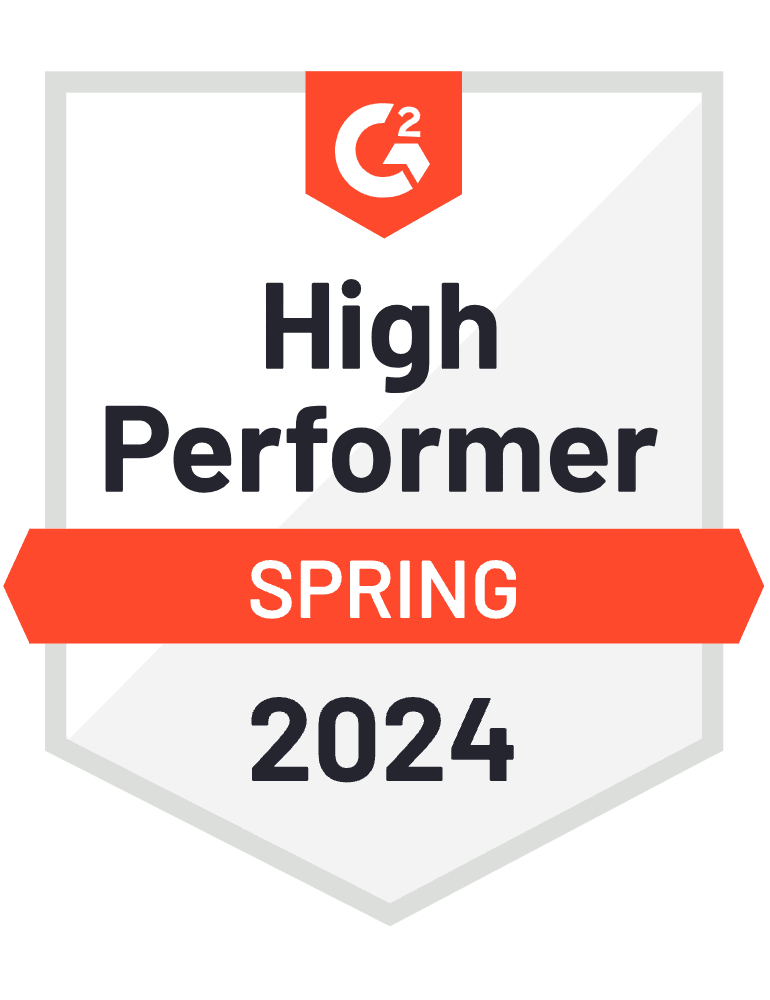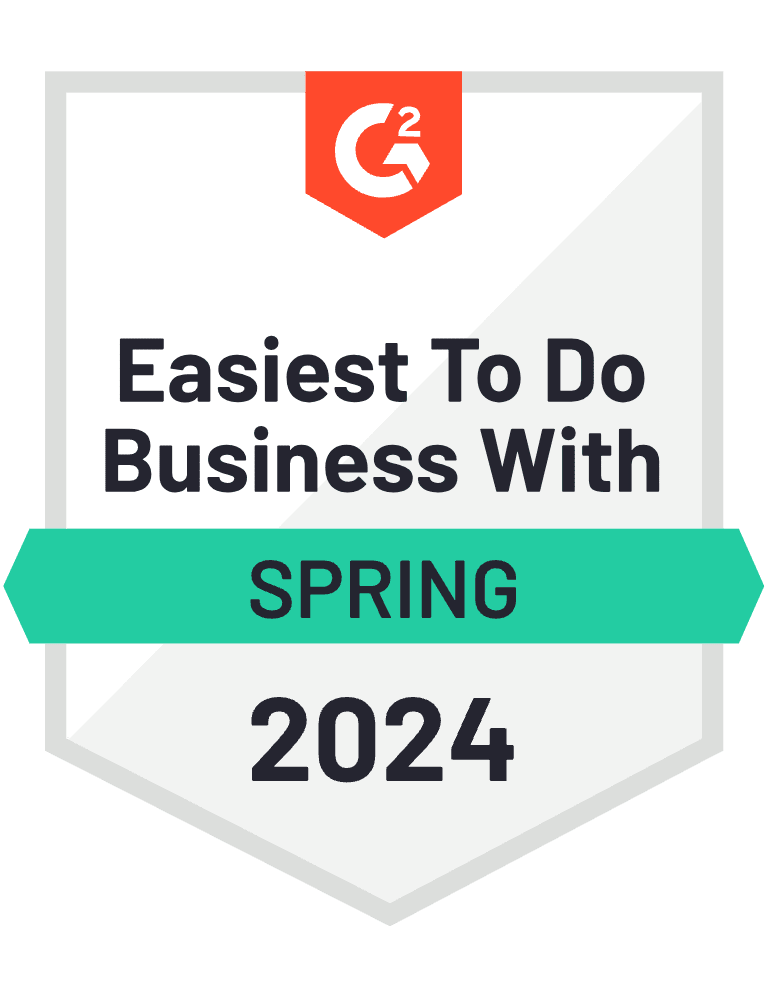Learners of all ages need opportunities to engage with new topics as well as with old topics in new ways. To keep learning fresh for the caregivers at your agency, here are five tips from our friends at Nevvon, an e-training platform designed to educate caregivers.
Gamify the Learning
The premise of gamification is simple: learners perform better when they’re having fun. By incorporating game elements into a curriculum, educators can improve knowledge retention and increase student engagement.
According to a study published in the International Journal of Human Computer Studies, challenge-based gamification in education leads to an increase of 34.75% in student performance. Not only that – students who were educated with challenge-based gamification raised their performance by up to 89.45% compared to those who only received lectures. Implementing a gamification component to learning will have a big effect on how much your caregivers will learn, retain, and later implement in the field – something to keep in mind when developing a learning plan for your caregivers.
Gamifying your learning programs is an excellent way to renew your staff’s enthusiasm for their training. With Viventium Learning powered by Nevvon, for example, contests are created between caregivers to incentivize them to finish their trainings in a timely manner, helping to ensure that both they and your agency are compliant.
It’s an age-old concept that starts in childhood: reward the behavior you want to encourage. There are many gamification tools and strategies available and plenty of ways to get creative, but unsurprisingly, the one that rewards behavior the best is cash or gift cards.
Offer Elective Content
Your favorite class in high school was probably one you chose to be in. Ours too. It's because people learn better when they have some choice over what they learn. This way, they can choose courses aligning with their interests or select trainings that cover relevant and practical skills. Either way, employees are generally more enthusiastic about elective topics.
The most popular electives home care aides choose are training modules that positively benefit their career development and upskill their education so they can deliver high-quality care.
Supplement Your Online Training with Occasional In-Person Training
Some workers do really well with sit-still-and-listen-style lectures. Some of us are fidgeters though, and the fidgeters often benefit from a more tactile approach to learning. Blended-learning models combine in-person training sessions with e-learning to get the best of both worlds. This approach also eliminates a lot of the costs associated with in-class learning by offloading lecture-style content to an online platform.
Combining both models can lead to happier caregivers that connect more to their peers and their work culture. In a recent Student Voice survey conducted by Inside Higher Ed and College Pulse and presented by Kaplan, it was found that 71% of students selected “lack of connection with others” as a top COVID-era online learning challenge.
When making a learning plan for your caregivers, make sure to keep this in mind and ask yourself:
What topics can you provide online, and which topics would be best l earned in person?
This can include identifying more complex and serious topics that should be broken down and covered in person, as there will be more opportunity for interaction and questions.
When you assign training, you should make sure you don’t have just one type of learning style covered, as people have different learning strengths and weaknesses. You also have to remember that technology adoption plays an important part here. With all this considered, your caregivers will be more interested and focused, further helping them to retain the material.
“There are times when in-person training is more valuable than online training,” said James Cohen, CEO of Nevvon. “Complex training, such as how to use a Hoyer lift, might be better taught in person, as it provides an opportunity for open dialogue. Of course, online training will reinforce the in-person training.”
Use a Scaffolding Approach
You need to walk before you can run, and you need to know addition before you can learn calculus. Knowledge is a ladder, and nobody starts at the top. As teachers and trainers, the goal is to make sure each rung on the ladder is within reach of learners as they make their ascent to the top. This practice is known as scaffolding in education.
An effective training program can make good use of this teaching method when preparing home health care workers for the job. One common scaffolding technique that can be easily implemented into a training program is chunking.
Chunking is where a large knowledge set is broken down into smaller, more digestible pieces. A complex topic like chronic diseases, for example, can be divided into a series of lessons, with each covering a different piece of the topic.
Give Learners Self-Assessments
Self-assessments can serve multiple purposes in a training program. They can be used to gather student feedback on their own performance before, during, and after a training module. This information can then be used to identify knowledge gaps in your trainees and areas for improvement in your training program. Self-assessment tools can also be used to help students reflect on their learning.
Nevvon uses thought provoking questions to encourage learners to reflect while training. This self-reflection process helps learners connect what they’ve learned to real world examples they have experienced or may encounter one day.
Final Thoughts
When home care and home health agencies do a good job training their caregivers, they have all the more reason to stay. Quality training helps to reduce staff turnover because nobody wants to perform a job they’re not fully prepared for. With Viventium Learning powered by Nevvon, we can prepare them for that job really well. To learn more, visit our Viventium Learning page.
This information is for educational purposes only, and not to provide specific legal advice. This may not reflect the most recent developments in the law and may not be applicable to a particular situation or jurisdiction.

